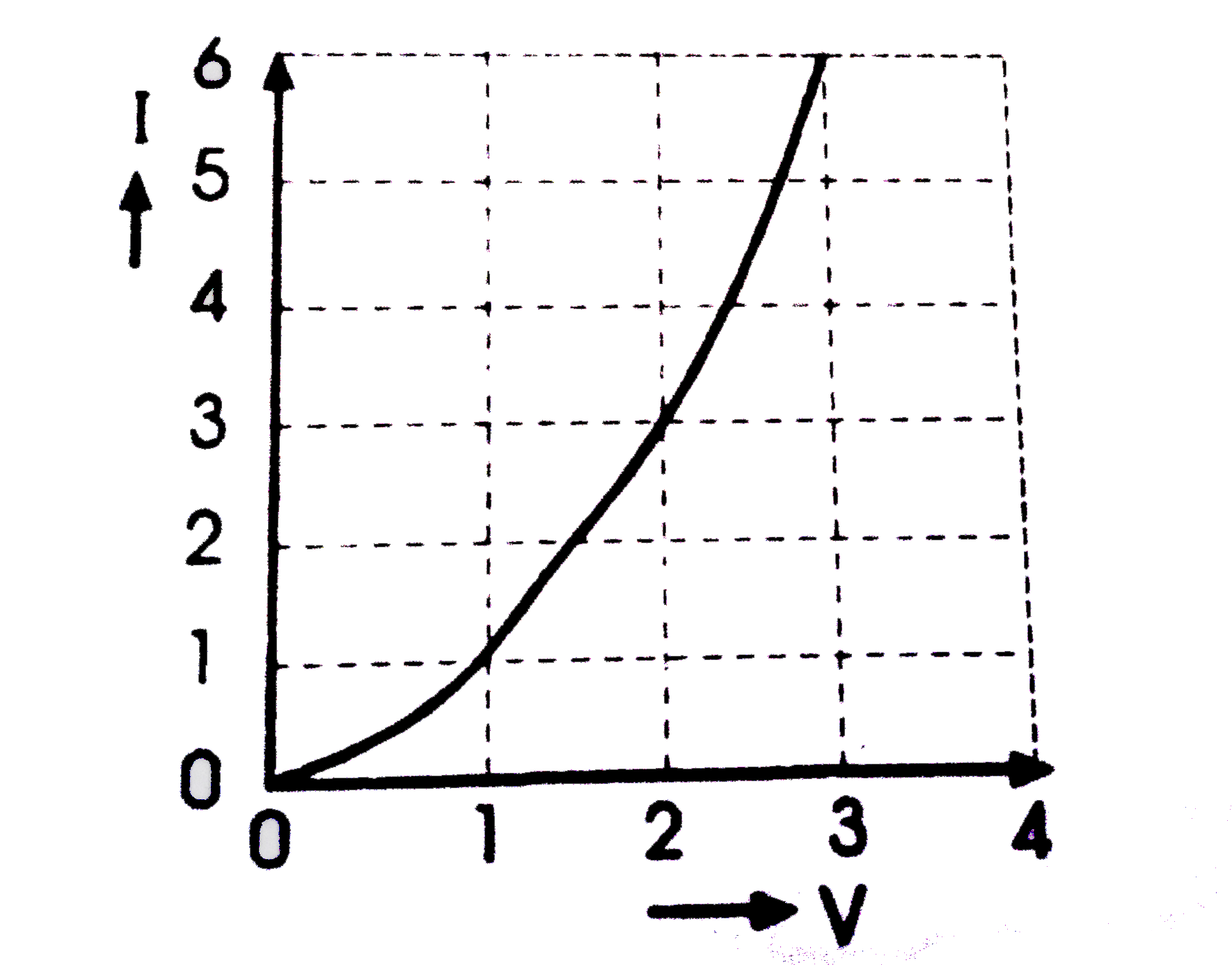Raphe is
part of flower
nucellus
ridge formed by funicle
funicle attached to ovule
The correct Answer is:C
Step-by-Step Solution:
1. Identify the term "Raphe": The question asks about the term "Raphe" in the context of flowering plants.
2. Understand the components involved: In flowering plants, the raphe is associated with the ovule, which is the structure that develops into a seed after fertilization. The funiculus (or funicle) is the stalk that connects the ovule to the ovary wall.
3. Define the raphe: The raphe is specifically described as a ridge. It is formed by the fusion of the funiculus and the body of the ovule.
4. Select the correct option: Given the options:
- A) Part of flower
- B) Nucellus
- C) Ridge formed by funicle
- D) Funicle attaches to ovule
The correct answer is C) Ridge formed by funicle, as it accurately describes the raphe.
5. Conclusion: The raphe is a ridge that results from the fusion of the funiculus and the ovule body, making option C the correct choice.
---
- A) Part of flower
- B) Nucellus
- C) Ridge formed by funicle
- D) Funicle attaches to ovule
Topper's Solved these Questions
Similar Questions
A cell emf 3V and internal resistance 0.75Ω is connected to a nonlinear conductor whose V-I g raph is shown in figure obtain graphically the current drawn from the cell and its terminal voltage.

View SolutionWhich of the following statements is/are correct ?
(i) Endothecium lies below epidermis
(ii) Fusion of egg with male gamete is called apogamy
(iii) Synergids are haploid.
(iv) The point at which funicle touches the ovule is raphe.
View Solution
Knowledge Check
Which of the following statements is/are correct ?
(i) Endothecium lies below epidermis
(ii) Fusion of egg with male gamete is called apogamy
(iii) Synergids are haploid.
(iv) The point at which funicle touches the ovule is raphe.A(i) and (iv)B(i) and (ii)C(i) and (iii)D(ii) and (iii)
